Travelers to Louisiana usually think of jazz, Cajun cuisine, and the vibrant streets of New Orleans. But beyond the tourist hotspots, the state also offers deep insights into the complex history of the American South. A particularly impressive example of this is Frogmore Plantation, a former cotton plantation that now serves as a museum and educational center - and it is a time tunnel to the dark side of history.
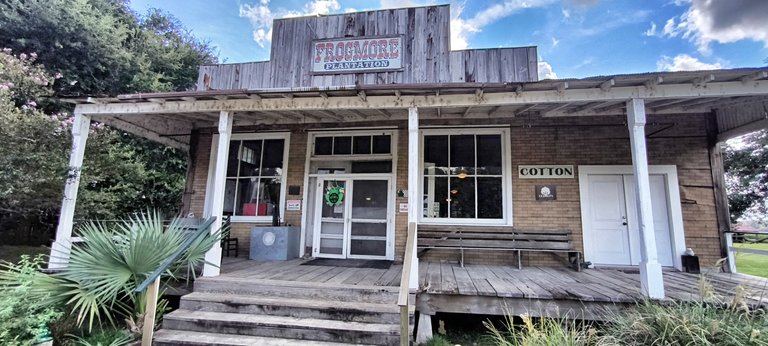 The visitor center
The visitor center
The story of Frogmore Plantation begins in 1740, when the ancestors of the current owners emigrated from Baden-Württemberg to Philadelphia. As farmers, they brought with them not only their expertise but also the diligence and entrepreneurial spirit typical of German immigrants.
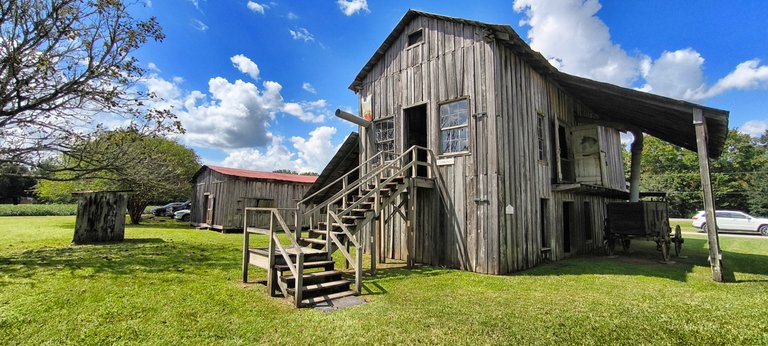 One of the old houses - with a cotton gin
One of the old houses - with a cotton gin
A long gone past
These qualities would prove crucial in the following decades when the family finally moved south and founded Frogmore Plantation, a place that still exists today and offers the opportunity to delve deeply into a long-gone past. Frogmore Plantation is a historic, privately owned cotton plantation complex located near Ferriday in Concordia Parish, Louisiana.
 King Cotton rules Frogmore Plantation
King Cotton rules Frogmore Plantation
Since 1997, Frogmore Plantation has been a working farm, tourist attraction featuring many structures, and educational center. Buildings on the site include a cotton gin and a plantation manor house named Gillespie. Formerly, this plantation relied on enslaved African American labor. It was added to the National Register of Historic Places on May 31, 1980.
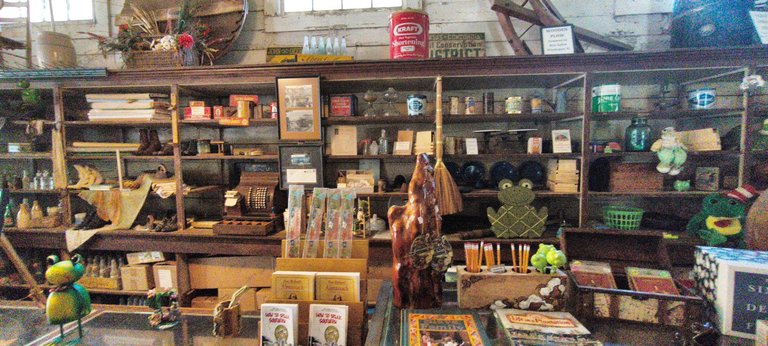 The strange shop
The strange shop
Arriving at Frogmore
Waiting behind the entrance is Luzy, a cheerful and sprightly old lady who looks after visitors, surrounded by a collection of historical pictures, books, and tools. Some of them can be purchased, while others can only be admired.
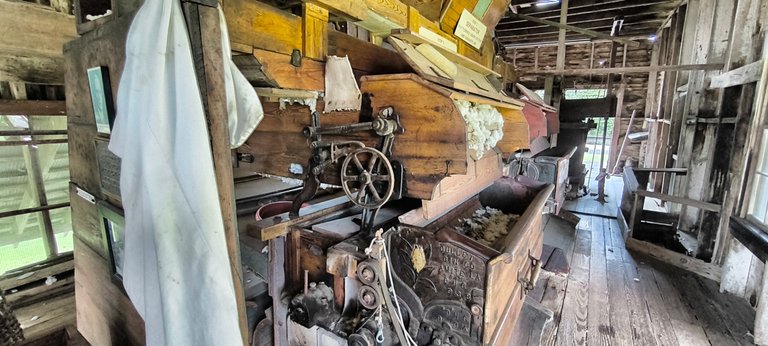 The Gin
The Gin
Luzy turns on a DVD player that’s hardly smaller than some of the tobacco tins and model steamers on the shelves. A very well-made film then plays in the tiny cinema room, telling the story of Frogmore, a plantation named so because - well, Luzy doesn’t know either.
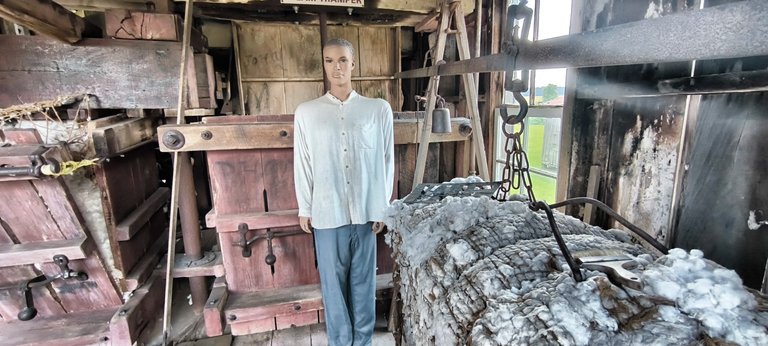 On the right side: King Cotton
On the right side: King Cotton
“It’s just the name,” she says. Some people think it has something to do with the many frogs that used to live here. “But nobody knows.”Upon entering the spacious grounds, the endless cotton fields stretching to the horizon immediately catch your eye. The white cotton glows in the sun, a reminder of why this plantation was once so profitable. But the idyllic first impression belies the dark history that unfolded here.
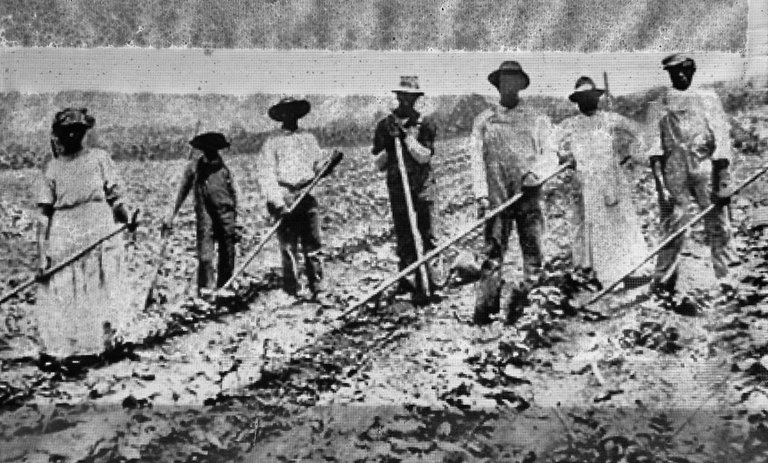 The slaves have to work all days a week
The slaves have to work all days a week
Historic Buildings and Artifacts
The tour begins with a visit to the historic buildings, 19 of which have survived from the pre-Civil War era. Particularly impressive is the steam-powered cotton gin from 1884, listed in the National Register of Historic Places. This machine revolutionized cotton production and made it even more profitable - at the expense of the enslaved workers.
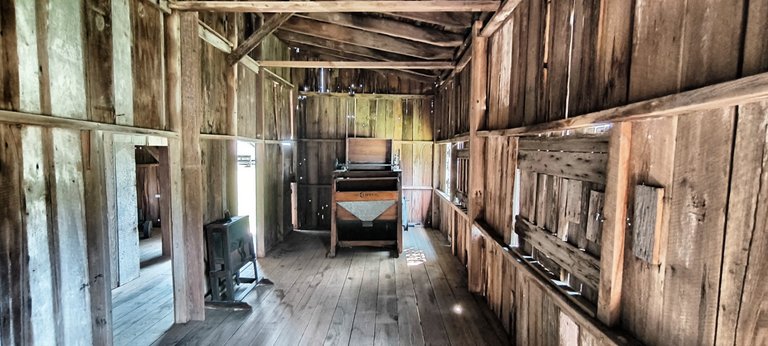 The former office
The former office
Here, they suffered long hours and had little free time; they were literally the property of their masters, treated as commodities and protected solely by the value they represented as labor. An authentic list still hangs on one wall: men, women, and children, marked with prices for the upcoming slave market.
Life on the Plantation
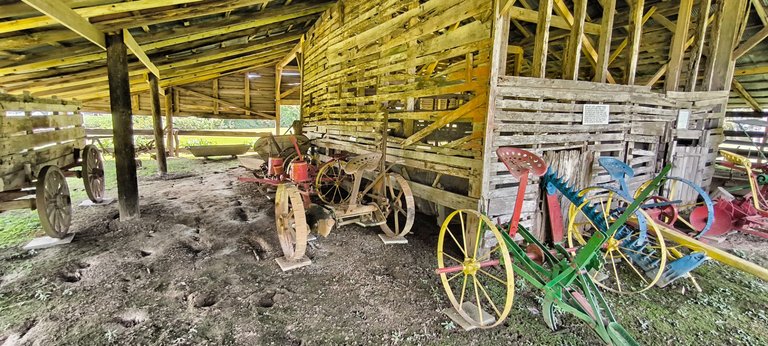 A few of the old plows
A few of the old plows
Frogmore Plantation wasn’t all that bad. The owners here appreciated the value of their slaves, as evidenced by the preserved structures that provide comprehensive insight into life on a cotton plantation in the 19th century. The restored buildings demonstrate the stark contrast between the lifestyles of the owners and those of the slaves.
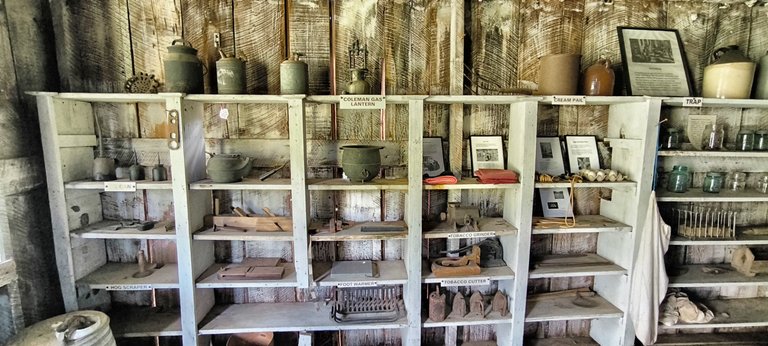 The pantry
The pantry
While the plantation owners lived in comfort, the slaves’ quarters were sparse and cramped. However, there were cabins for individual families, with their own kitchens and separate bedrooms. Elsewhere, the slaves lived in communal barracks.
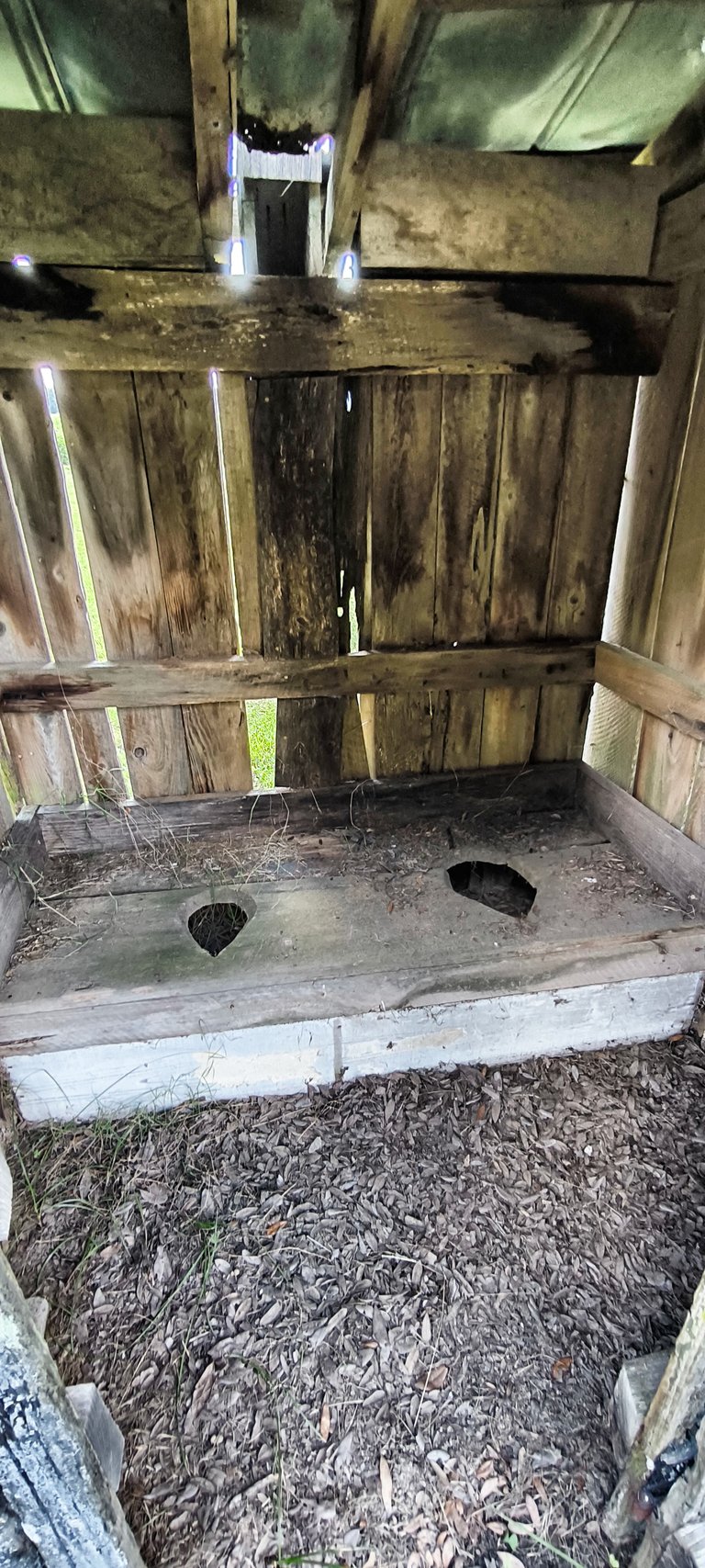 The yes, that's it
The yes, that's it
The daily life of the slaves at Frogmore was nevertheless characterized by hard work and deprivation. Work in the cotton fields was physically demanding and carried out from sunrise to sunset.
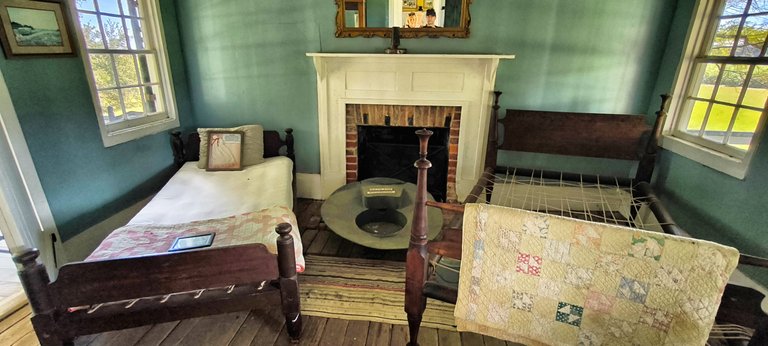 Inside Overseer's House
Inside Overseer's House
Woking on the fields
Men, women, and even children had to work in the fields, often under the supervision of brutal overseers. Interestingly, the history of Frogmore Plantation also reflects the experiences of many German immigrants.
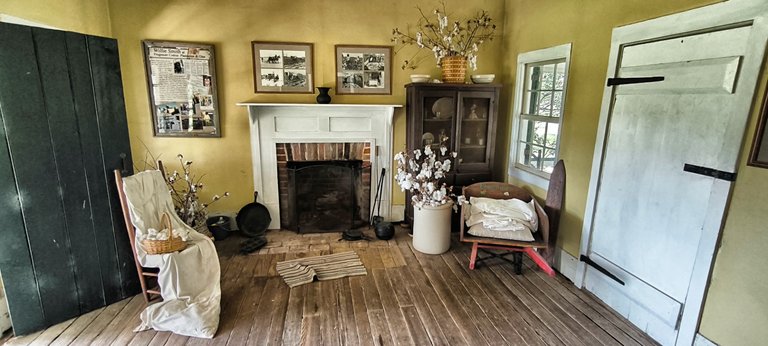 The best place to be in ancient times: Overseer's House
The best place to be in ancient times: Overseer's House
As Dr. Benjamin Rush, one of the signers of the Declaration of Independence, described in his book about Germans in the USA, German farmers were known for their subsistence farming and hard work. They built large, warm stables for their livestock but often lived in simple wooden houses themselves. This humility and focus on hard work and land ownership are also reflected in the history of Frogmore Plantation.
 The home of a family of slaves
The home of a family of slaves
Cotton's Economic Importance
The tour of the plantation leads through the various stages of cotton production and highlights the enormous economic importance of the “white fiber.” It was the “white gold” of the South and fueled the Industrial Revolution in Europe and the Northern states.
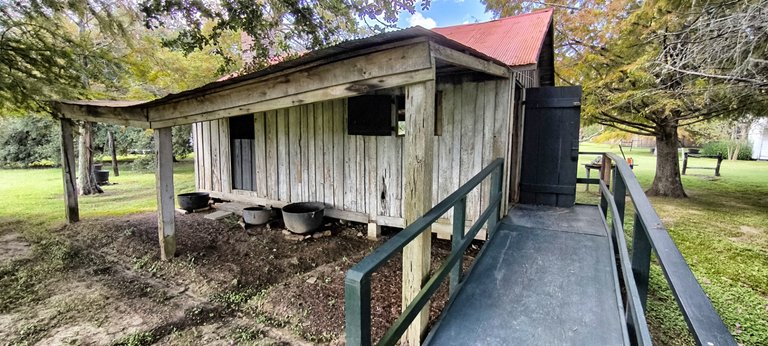 Seen from outside
Seen from outside
However, the wealth accumulated by the plantation owners was based on the unpaid labor of slaves.
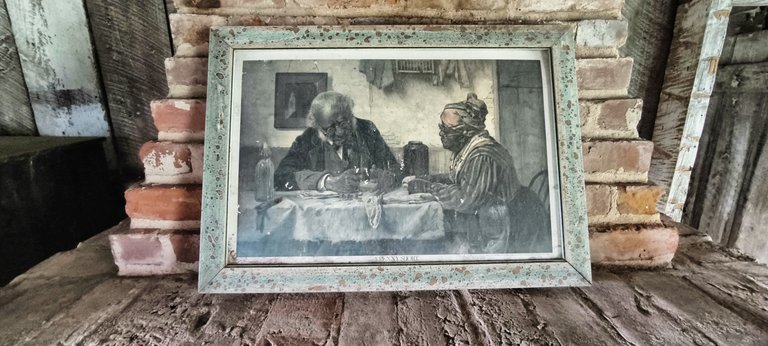 Maybe one of the families
Maybe one of the families
Reflection and Contemporary
The story of Frogmore Plantation demonstrates how deeply rooted racism and social inequality are in American history. At the same time, it reminds us of the contributions of German immigrants to the development of American agriculture and culture.
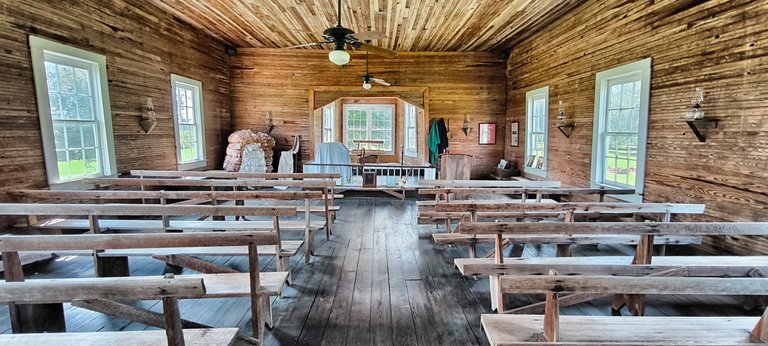 Inside the slaves church house
Inside the slaves church house
A visit to Frogmore Plantation is a powerful experience that brings the complex history of the American South to life. It reminds us of the importance of learning from history and advocating for equality and human rights. The preserved buildings, artifacts, and, above all, the stories of the former slaves and plantation owners bring the past to life and remind us to remain vigilant against all forms of oppression and exploitation.
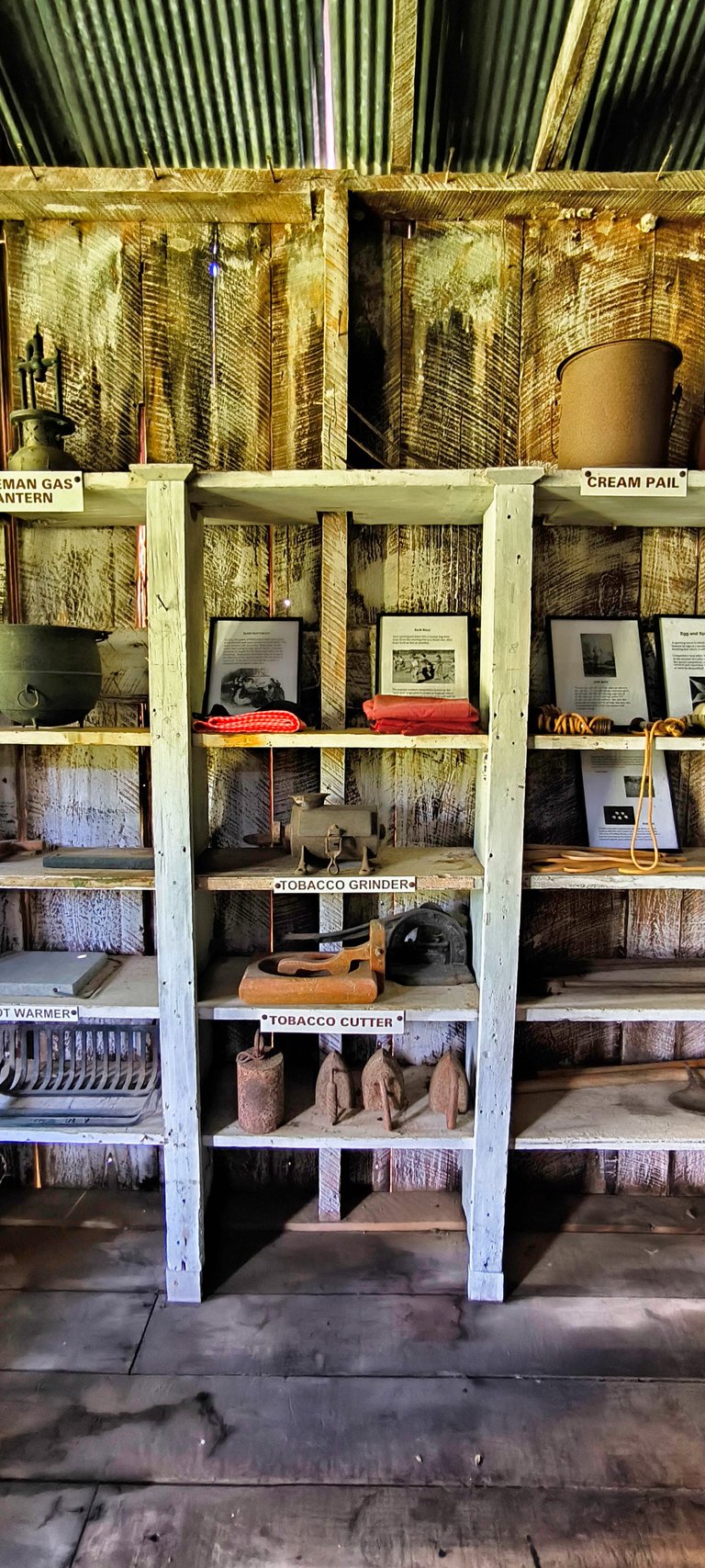
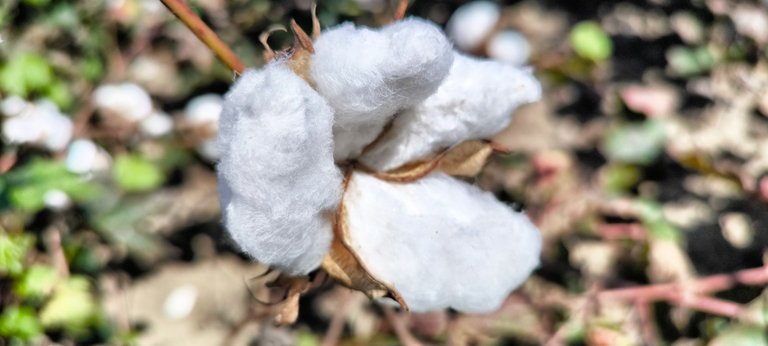
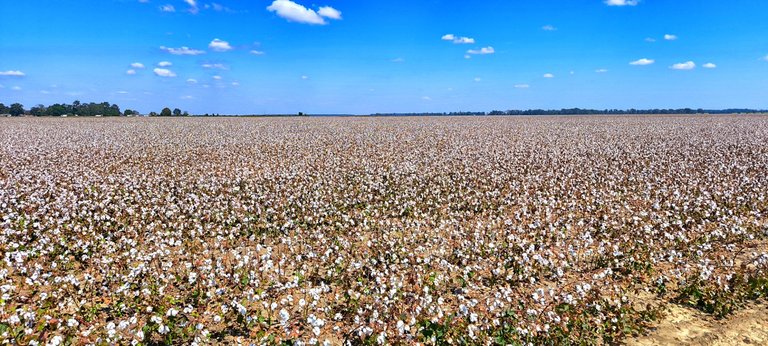
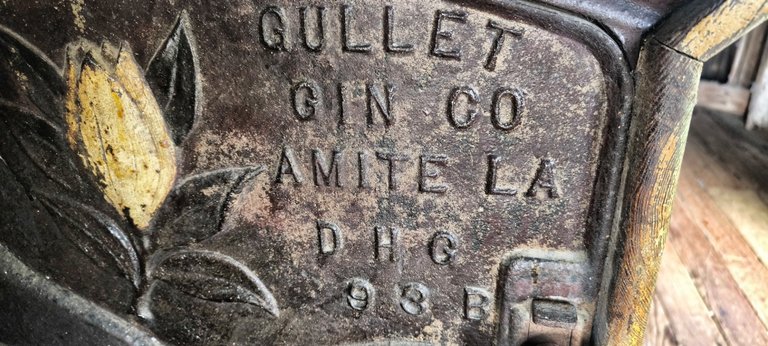
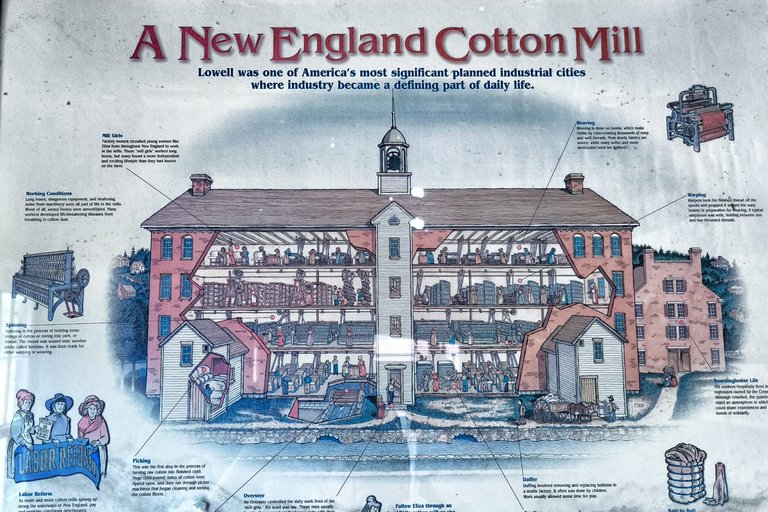
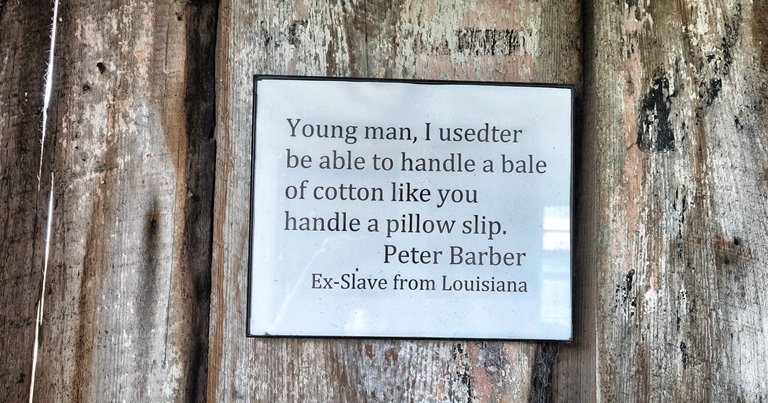

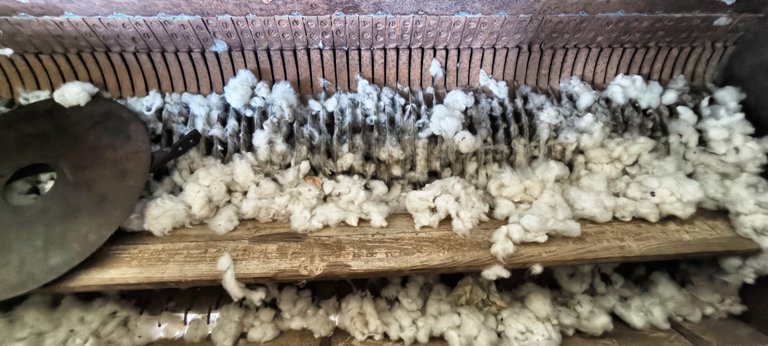
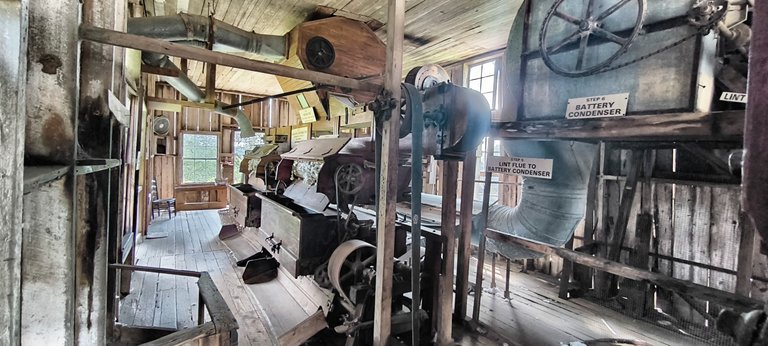
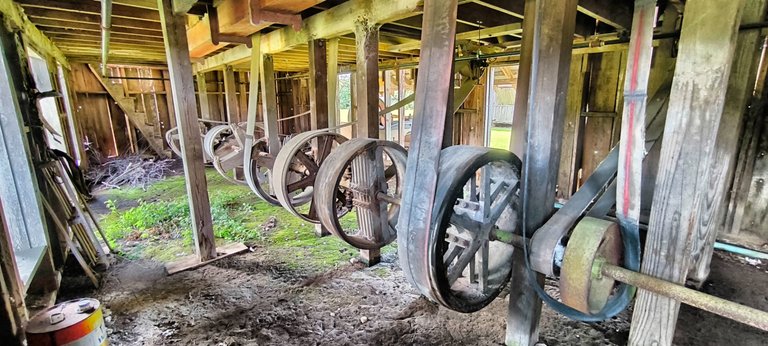
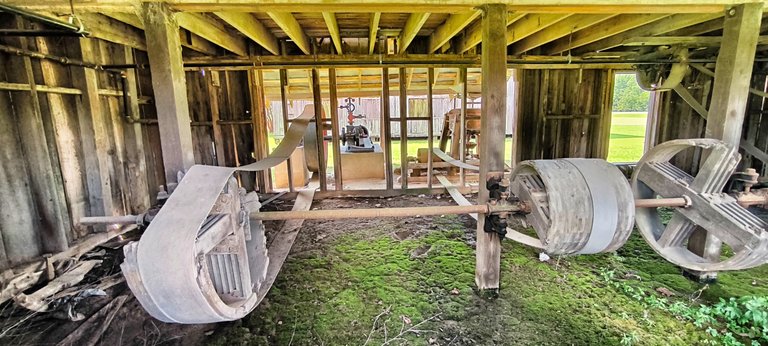
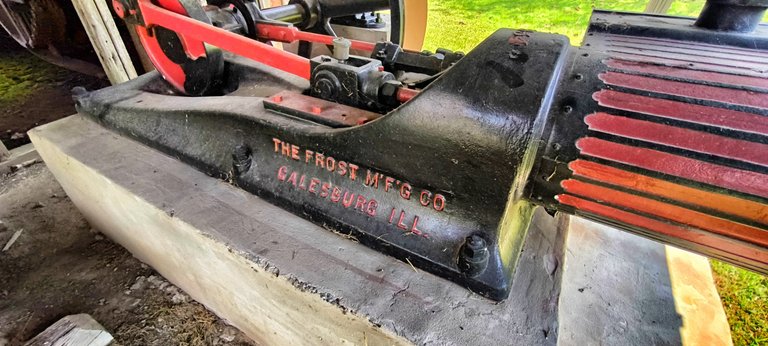
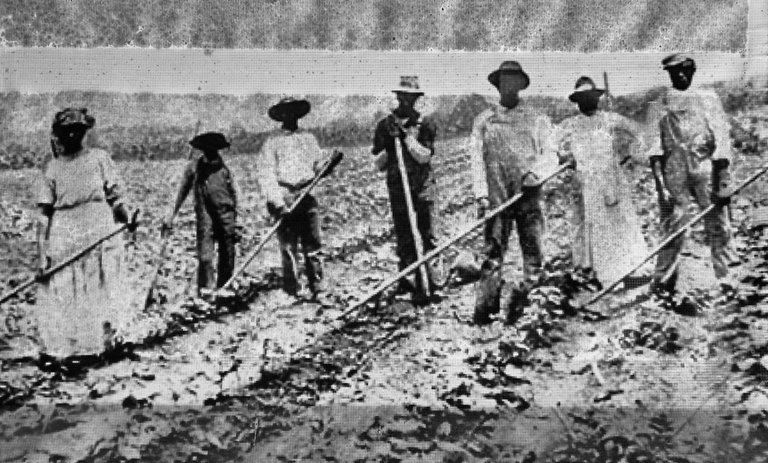
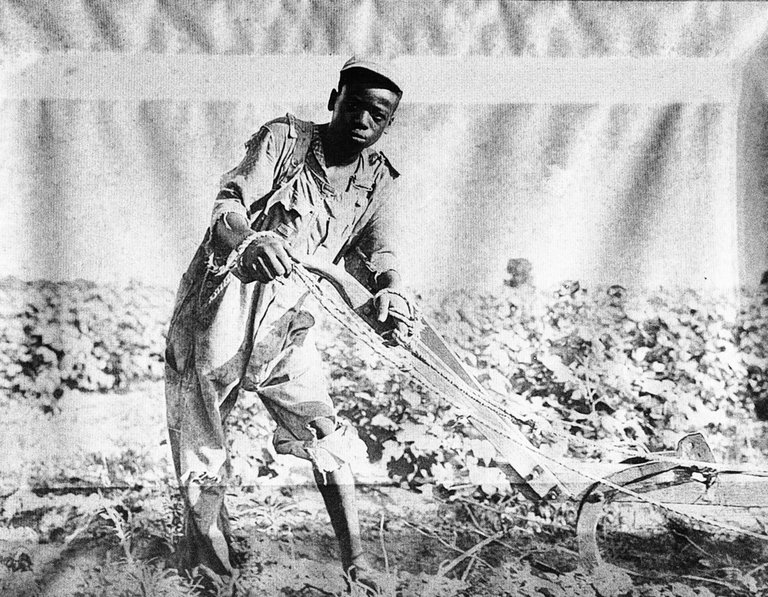
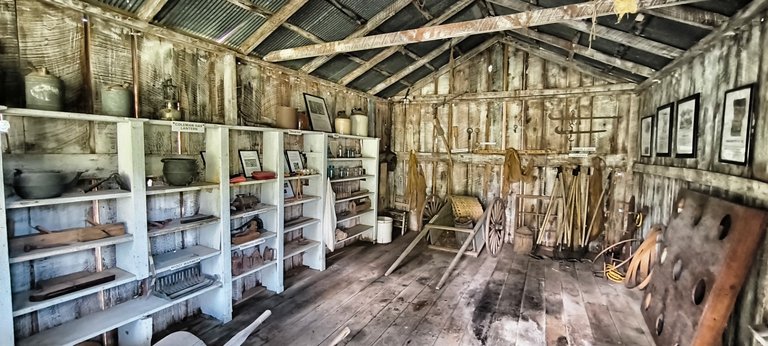
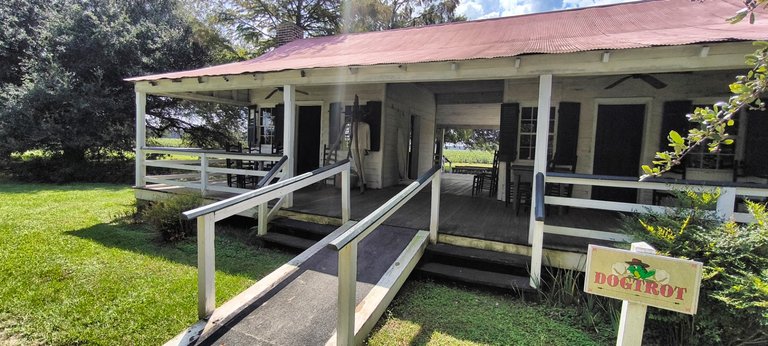
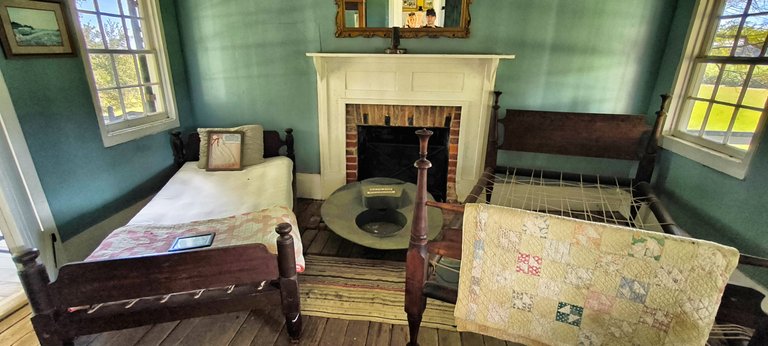
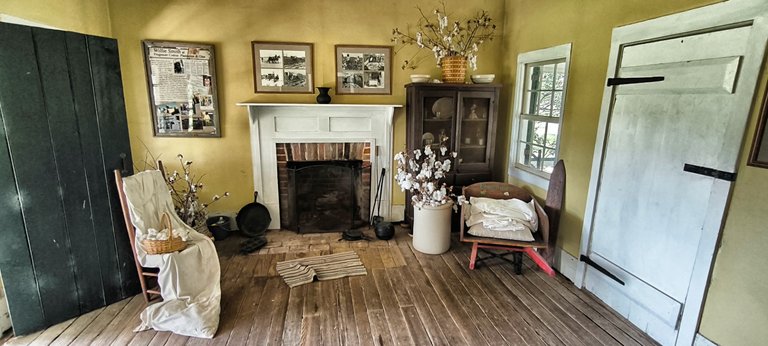

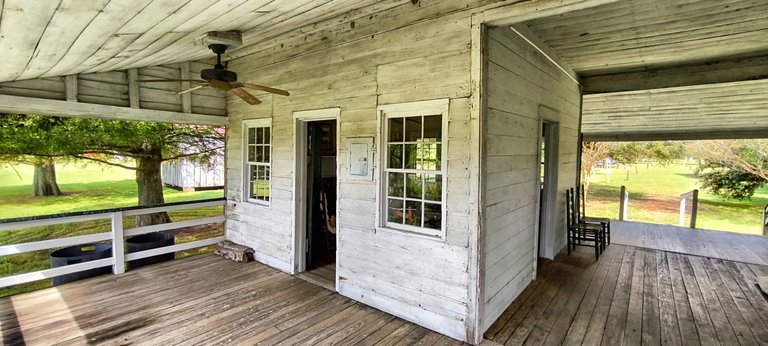
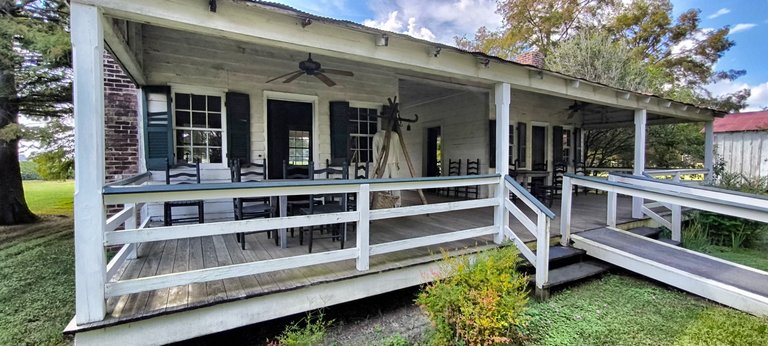

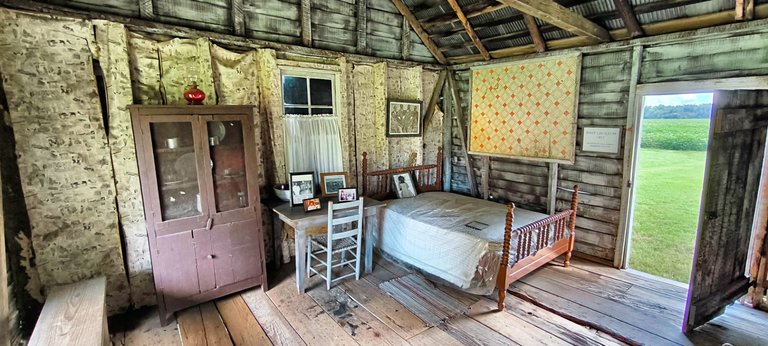
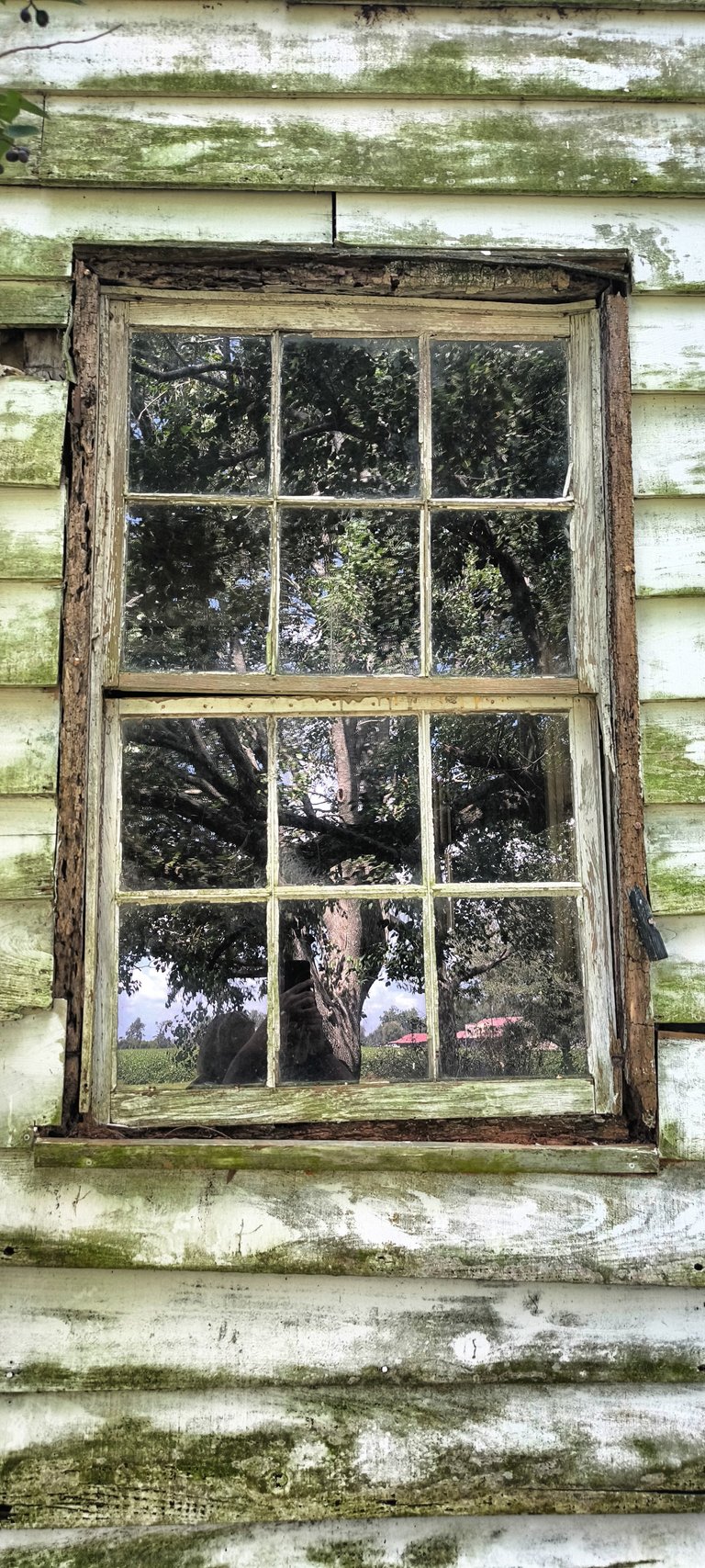

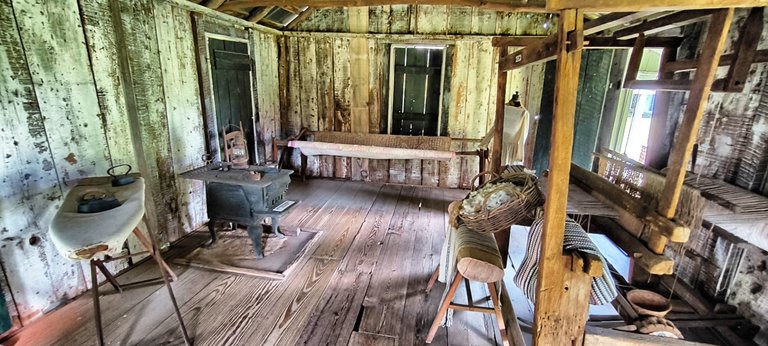
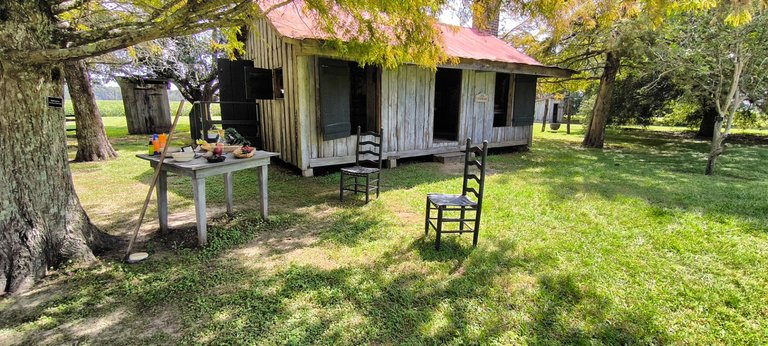
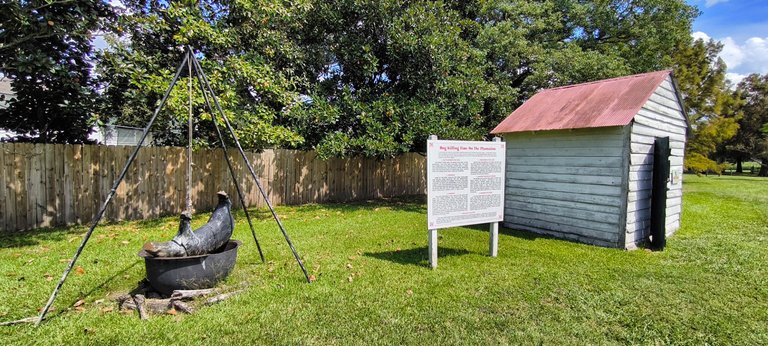
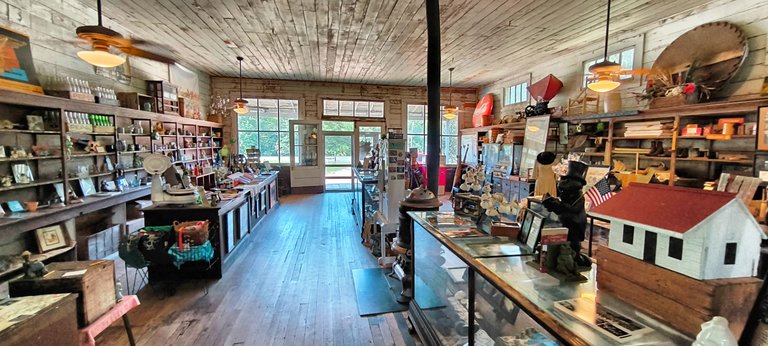
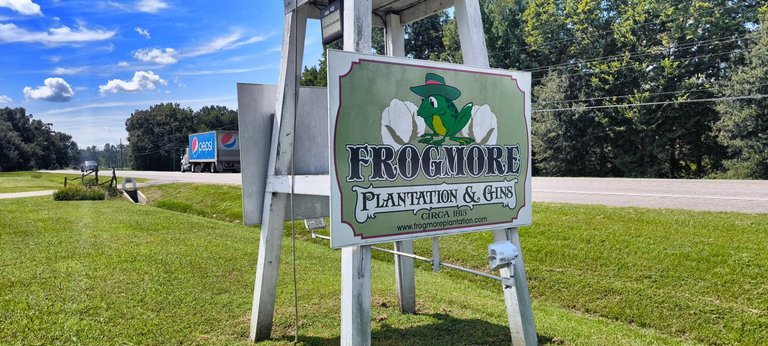
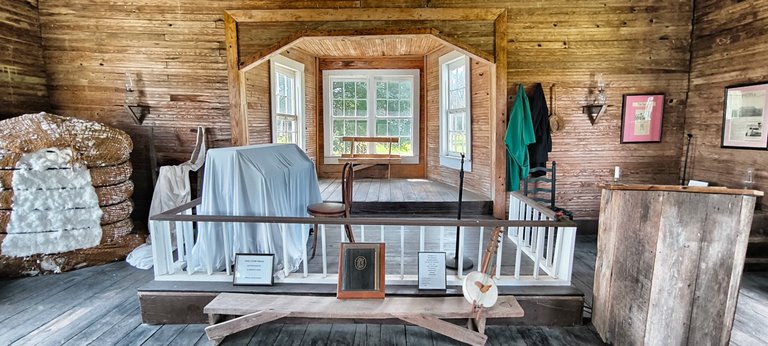
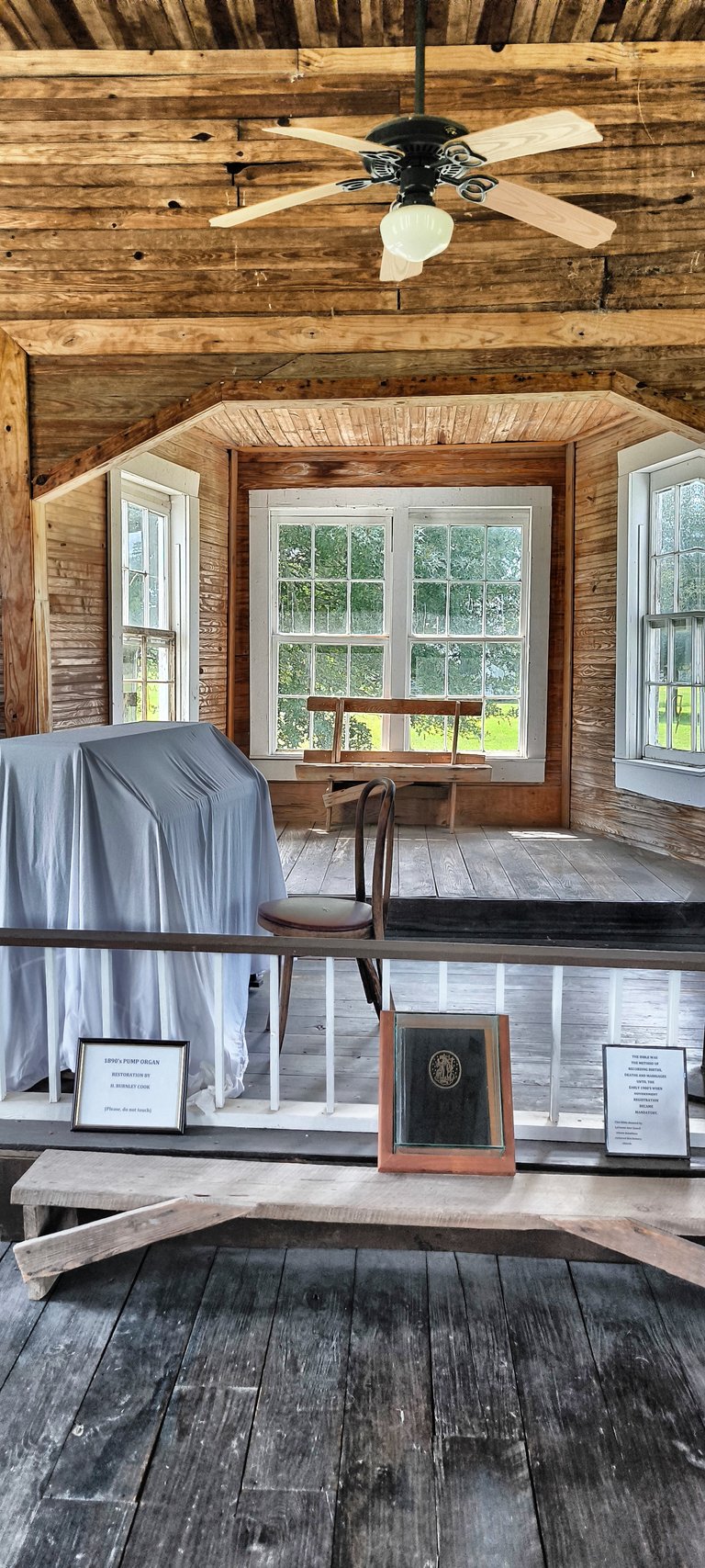
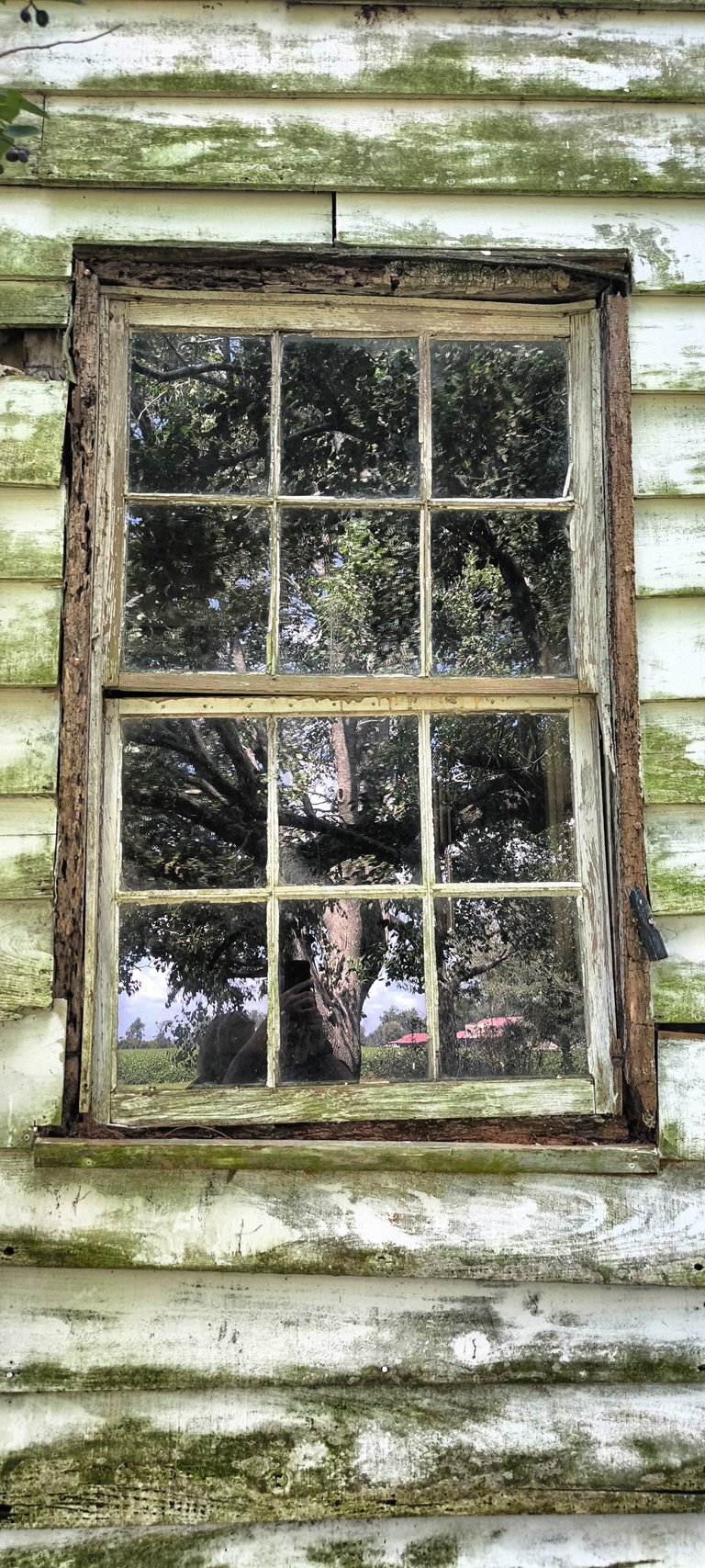

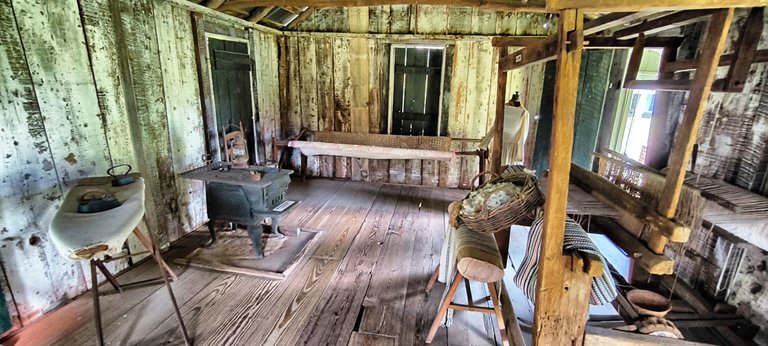
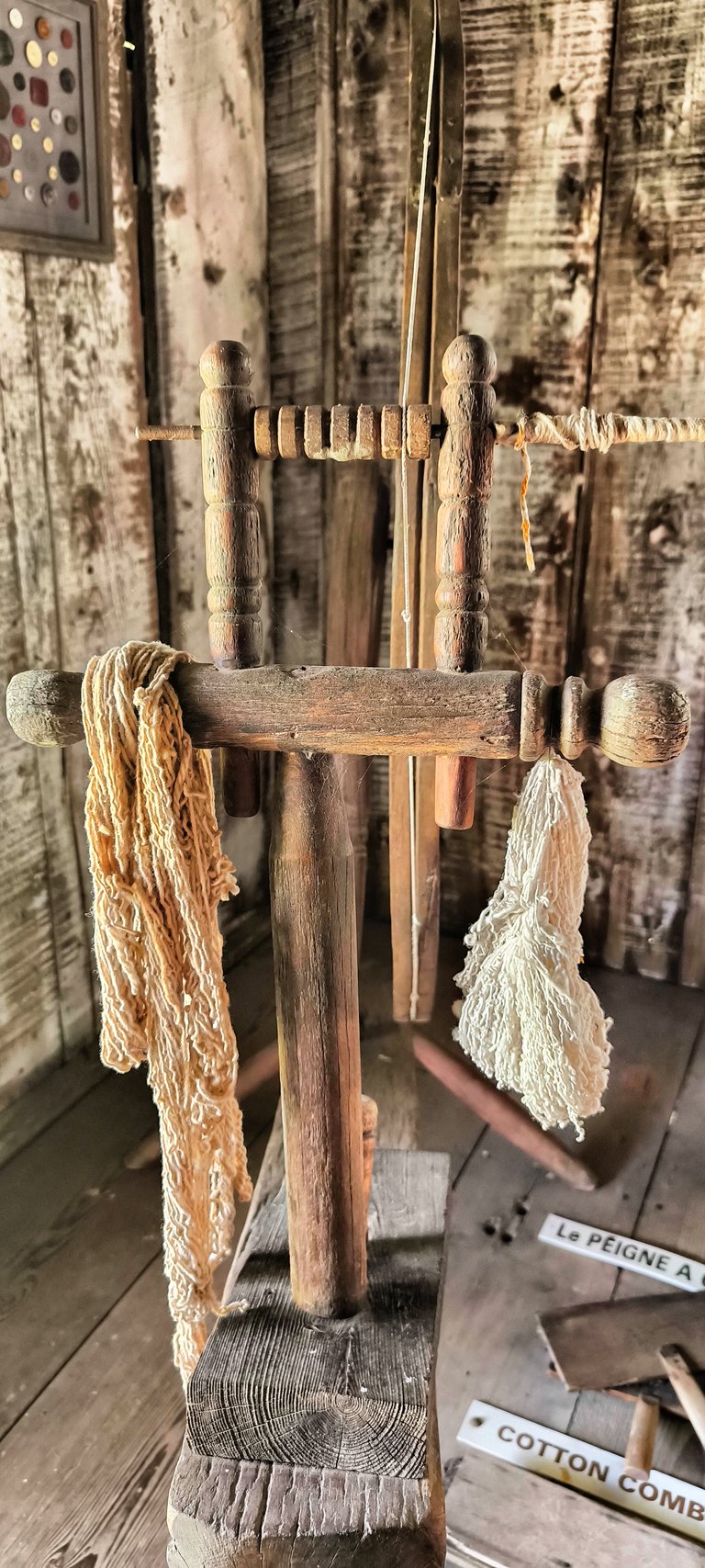
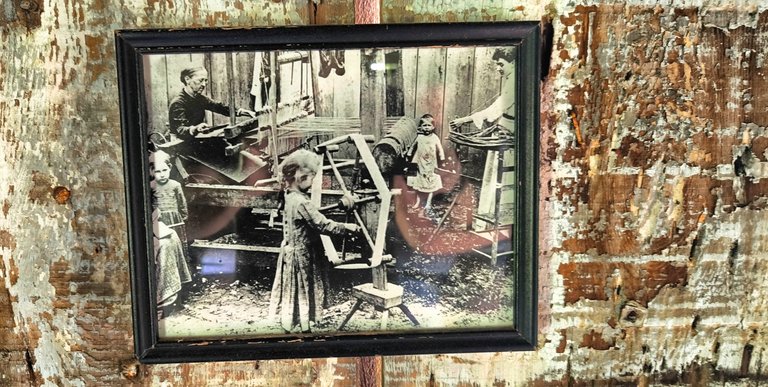
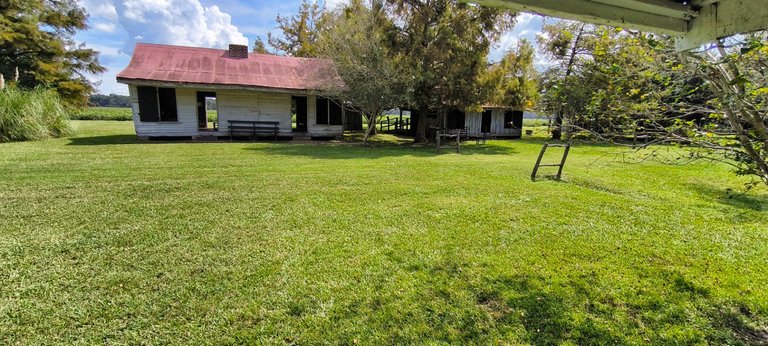

The rewards earned on this comment will go directly to the people( @x-rain ) sharing the post on Reddit as long as they are registered with @poshtoken. Sign up at https://hiveposh.com. Otherwise, rewards go to the author of the blog post.
What a spectacle of photographs, excellent!!!
Travel Digest #2507.
Become part of our travel community:
- Join our Discord
Hiya, @ybanezkim26 here, just swinging by to let you know that this post made it into our Honorable Mentions in Your post has been manually curated by the @worldmappin team. If you like what we're doing, please drop by to check out all the rest of today's great posts and consider supporting other authors like yourself and us so we can keep the project going!Thank you so much!
Keep up the great work 💪
Wow this post it's amazing Louisiana must have many interesting things and not only cuisine and nature, the past of plantation it's quite obscure fir slavery but it's important to know it, I reblog your post because I think it deserve more attention!💕
Thank you very much!
Wow very interesting picture my friend have a nice day
Congratulations @koenau! You received the biggest smile and some love from TravelFeed! Keep up the amazing blog. 😍 Your post was also chosen as top pick of the day and is now featured on the TravelFeed front page.
Thanks for using TravelFeed!
@for91days (TravelFeed team)
PS: TravelFeed is in social media to reach more people, follow us on Facebook, Instagram, TikTok, and X.
You can check out this post and your own profile on the map. Be part of the Worldmappin Community and join our Discord Channel to get in touch with other travelers, ask questions or just be updated on our latest features.
Congratulations, your post has been added to the TravelFeed Map! 🎉🥳🌴
Did you know you have your own profile map?
And every post has their own map too!
Want to have your post on the map too?
- Go to TravelFeed Map
- Click the create pin button
- Drag the marker to where your post should be. Zoom in if needed or use the search bar (top right).
- Copy and paste the generated code in your post (any Hive frontend)
- Or login with Hive Keychain or Hivesigner and click "create post" to post to Hive directly from TravelFeed
- Congrats, your post is now on the map!
PS: You can import your previous Pinmapple posts to the TravelFeed map.Opt Out
!BEER !WITZ !LUV !WINE !PIZZA
(1/1) sent you LUV. | tools | discord | community | HiveWiki | <>< daily@koenau, @mundharmonika
$PIZZA slices delivered:
(1/5) @mundharmonika tipped @koenau
Nice captured
Nice work...
I have passion for writing
Please how can I also write and be voted like this
Just do it